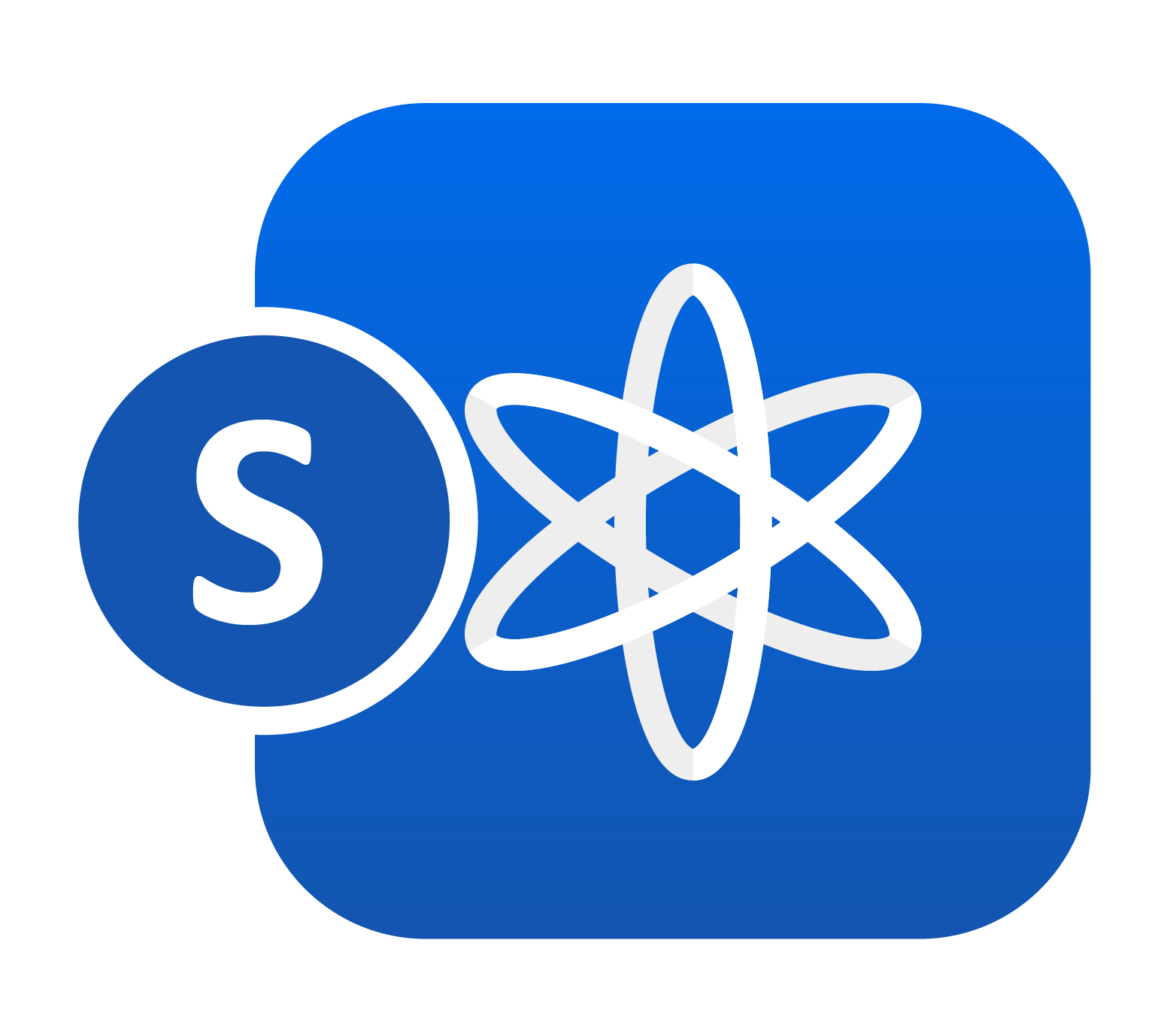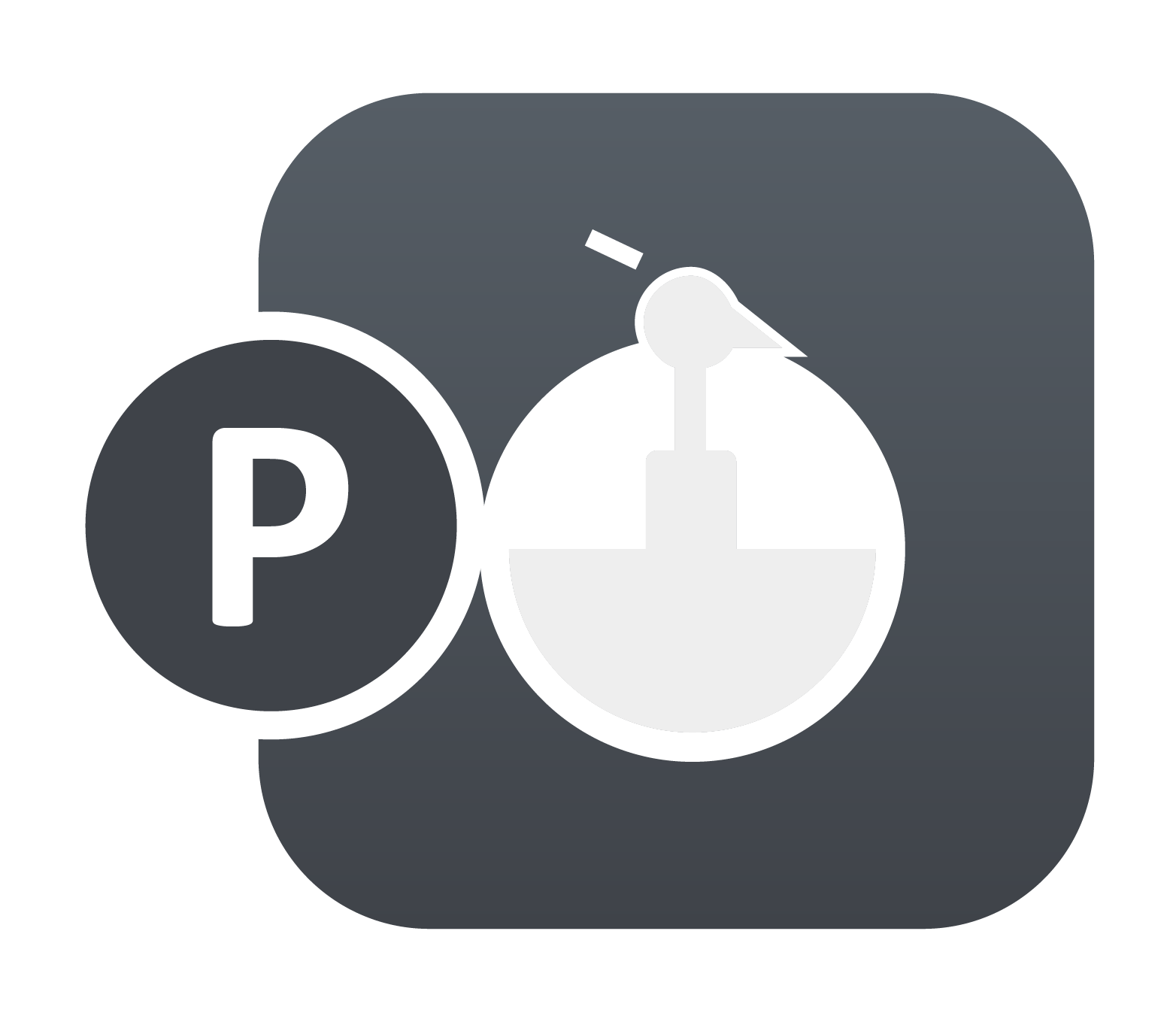Prescribing Motion to a Rigidbody with Respect to a Local System
LS-DYNA offers several ways to prescribe a motion to a rigidbody using *BOUNDARY_PRESCRIBED_MOTION keyword. To prescribe a motion to a rigidbody along a local coordinate system, LS-DYNA offers two method to accomplish this. To demonstrate the differences in these two methods, we will consider a rigidbody that has initial rotational velocity and a prescribed displacement.…












